We all know helmets are important when riding your favorite powersport ride. Whether it’s a motorcycle, ATV, UTV, 4-wheeler, BMX bike, electric bike, or even a jet ski, helmets are an essential accessory to keeping the rider safe. Buying a new helmet can be difficult because you might not know what to look for.
We sat down with our WPS Sales Rep, Matt Feasel, to discuss some important things to know about buying a helmet.
How do I know when to replace a helmet?
Matt gave us some great insight on knowing when to replace your helmet:
Typically, the lifespan of a helmet is 5 years, if you’ve had no issues, no crashes, haven’t left it out in bad weather, etc.
If your helmet takes a hit (fall over, crash, any hard impact) you’ll want to inspect it.
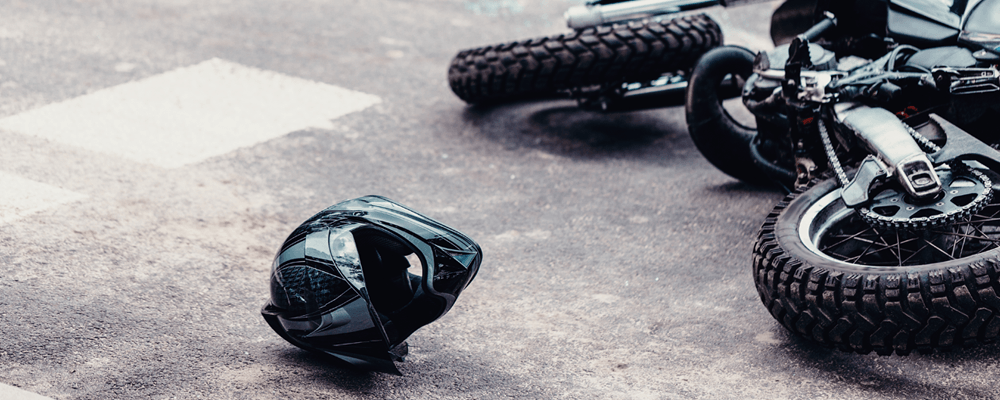
How to inspect your helmet after an impact:
Outside shell: Look at the outside shell for any scratches or chips.
Inside: Pull the liner out and look at the EPS shell (Styrofoam on the inside). It typically has a black paint coating, and if you pull the liner out and see that it’s compressed (looks like it’s spider-webbed), then the helmet is done – it did its job. You don’t want to use a helmet that has been compressed because it might not be able to protect you against another hard impact.
How do I know which type of helmet to choose?
Matt gave us some great advice as to what kind of helmet you should be searching for. It’s based on what kind of ride type you have.

Street (like a motorcycle): You’ll want a full helmet.
- If you have a communication system (most likely with a microphone) you’ll want an open-face helmet, with the full-face shield.
- If you do not have a communication system, or if you use one that doesn’t require a microphone, you should stick with a full-face helmet with a drop-down shield.
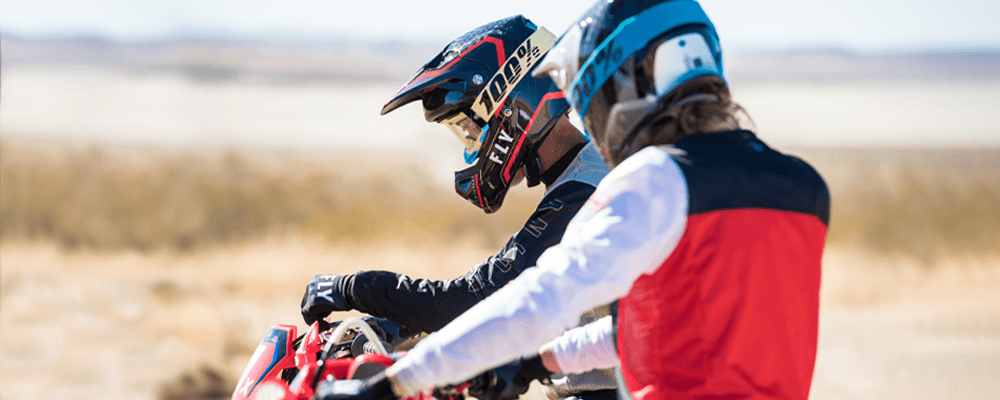
Off-road (like motocross): You’ll want a full-face helmet that accepts goggles.
- These helmets have adjustable visors to help you duck under debris and shield your eyes from the sun.
- Having goggles allows you to easily clean them, especially if you use a system that allows you to clear them off during a race, or while riding. You can use tear-offs (make sure your goggles have tear-off pins!) or roll-off film for your goggles.
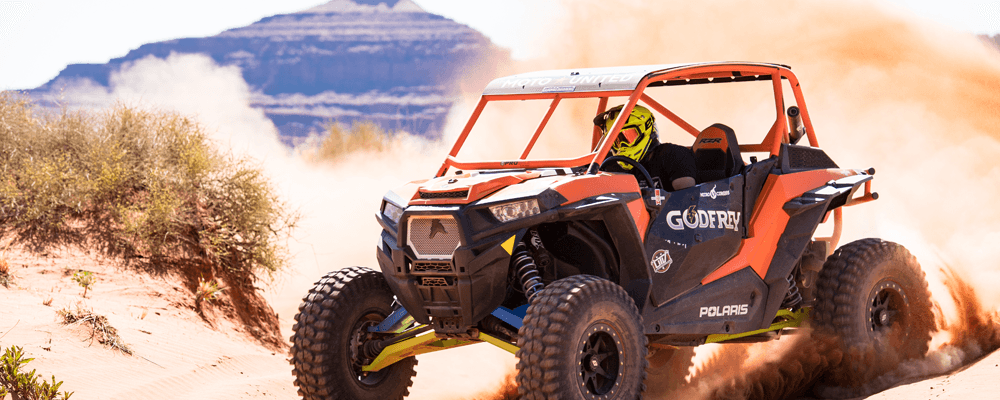
4-Wheelers/ATVs/UTVs: You absolutely should be wearing a full-face helmet.
- It’s not a typical practice for those who ride these to wear helmets, but according to HG.org, 135,000 people are injured every year due to ATV accidents. Over 700 people are killed in these accidents every year, so it is definitely important to wear a full-face helmet when riding quads, all-terrain vehicles, or utility vehicles.
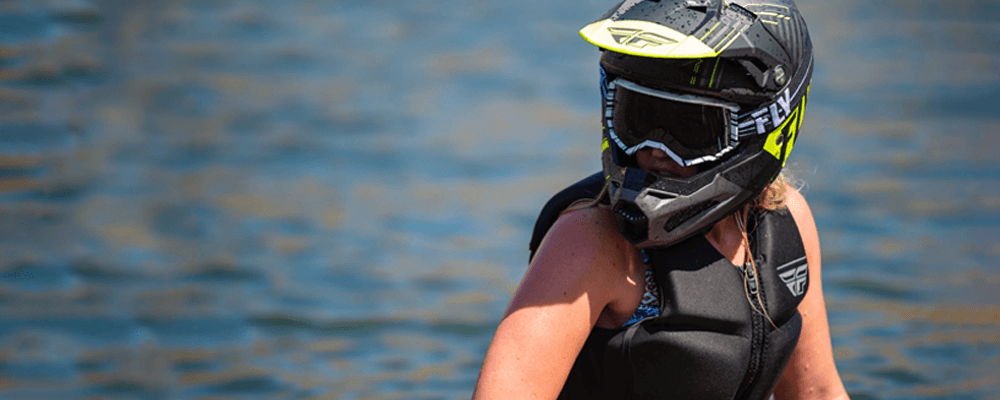
Water Sports, like a jet ski: You’ll want a full-face helmet that accepts goggles and has ventilation for water.
- You might not think about helmets for water, but if you get thrown off/fall off the jet ski at high speeds, it’s just like hitting concrete.
- These helmets work best because they’re lightweight, have ventilation systems for water to go through, and allow for goggles.
- Water goggles are designed with specially coated lenses that are water-resistant.
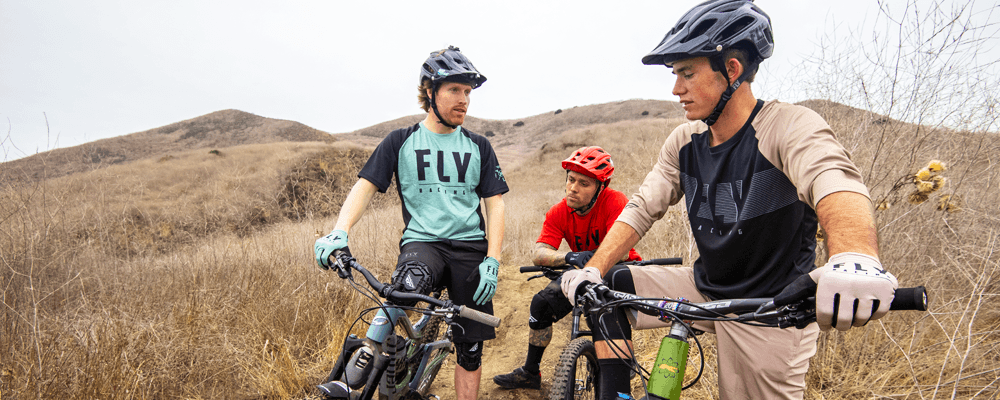
Bicycle and Electric Bikes: You should wear a traditional bike helmet that covers your head and has a chin strap.
- Check out the Fly Freestone Helmet that is lightweight, has EPS foam, and 19 vents with ventilated comfort liner.
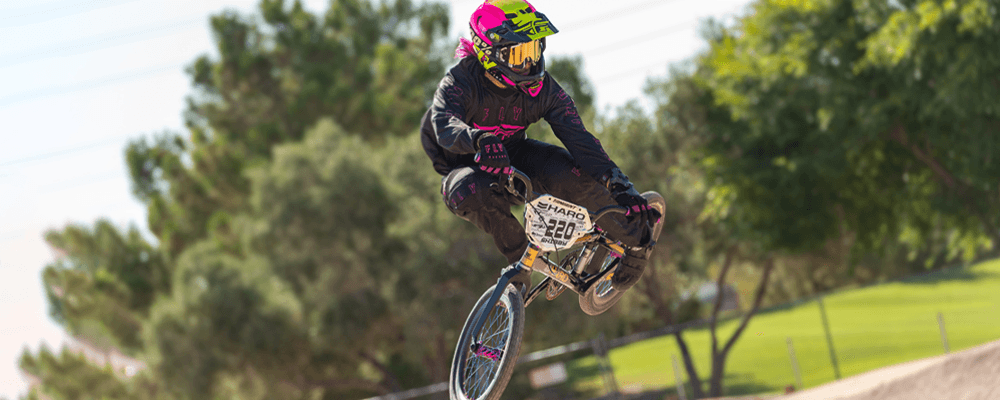
BMX Racing: You’ll want a full-face helmet that accepts goggles.
- These helmets are lightweight but have carbon-fiber shells that protect you if you were to crash your bike.
- While goggles aren’t necessary when racing BMX, they could help protect your eyes from dirt and dust.
What should I be looking for when buying a new helmet?
Now that you know which kind of helmet you need based on what you are riding, Matt says the next step would be to determine your budget.
When thinking of your budget, just keep in mind that if the helmet is DOT approved, it will be safe. So, if you can’t afford a really expensive helmet, just make sure it’s DOT approved.
Because helmets tend to be the last thing that gets purchased when shopping for riding gear, some people will go “cheap” when buying a helmet. But as the saying goes… “$5 helmet for a $5 head”. Although you can get affordable helmets that are DOT approved, you shouldn’t necessarily buy the cheapest one you can find, considering it is protecting your head.
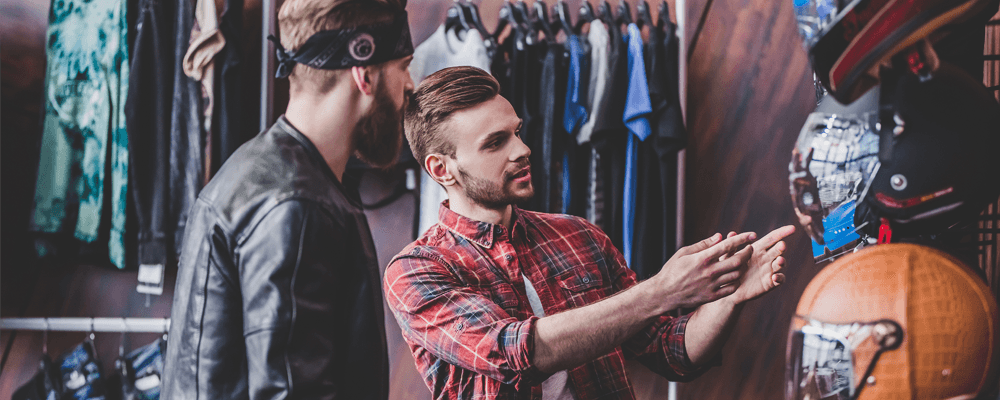
As you go up in the budget, you will gain more features. More expensive helmets tend to be lighter in weight and have carbon-fiber shells, different EPS systems, different liners, etc. Helmets are ranked from beginner (such as the Fly Racing Kinetic helmet) to performance (such as the Fly Racing Formula helmet).
If you only ride a couple of days a week, you will be well-suited with a beginner helmet. But, the more you ride, you may want to consider spending a bit more on your helmet.
NOTE: NEVER BUY A USED HELMET. You have no idea if it’s been taken care of or if it’s ever been in an accident. You need a brand new helmet to ensure your safety.
Just remember, the typical lifespan of a helmet is 5 years unless there is some impact damage that causes the lining to spiderweb or become compressed. Either way, you’ll have to eventually shop for a new helmet and this helmet guide will help you decide what is best for you and what will keep you safe in case of an accident.
About the Fly Formula Helmet
The Fly Formula helmet was mentioned above and we wanted to take a moment to talk about how cool it is!
It took Fly Racing five years to research and develop the Formula helmet in collaboration with the world’s foremost leaders in helmet safety.
It is designed with a Rheon (a leading-edge viscoelastic material) system and Adaptive Impact System (AIS); both features greatly improve impact management over traditional helmets.
With its 12K carbon fiber shell, it is lightweight and has superior penetration resistance.
Additionally, it has been tested under rigorous scientific review to exceed ECE and DOT standards. Aside from looking really cool, the Fly Racing Formula helmet is the definition of high-performance.
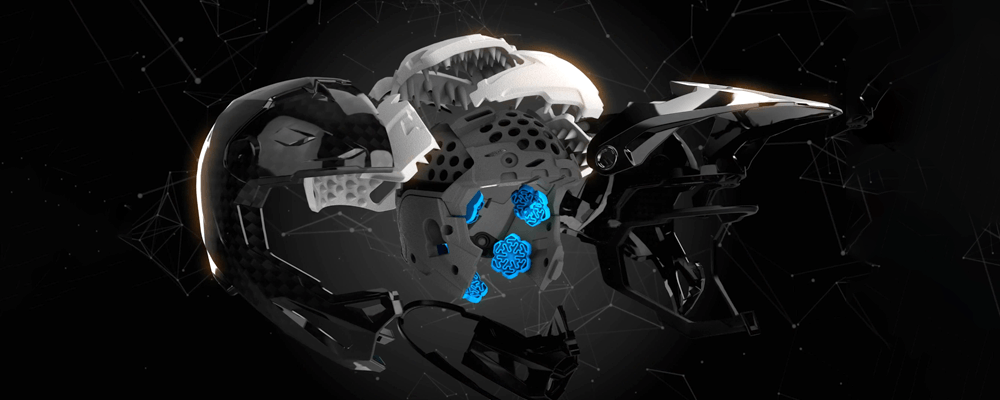
Check out our other helmet blog all about helmet ratings, what they mean, and which one is right for you!

